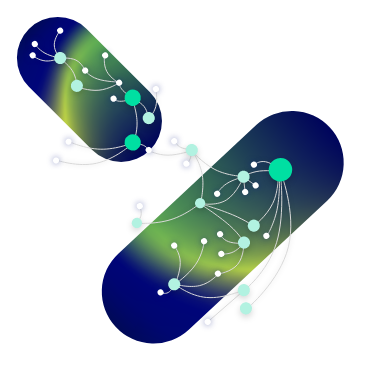Why RareMD?
 Thank you for visiting our website!
Thank you for visiting our website!
My journey in rare diseases began at Genzyme Europe in the early 1990s, where I witnessed firsthand the life-changing impact of Ceredase®, the first FDA-approved orphan drug for Gaucher disease. These experiences deeply inspired me. While some patients receive timely diagnoses, millions of others still face long, difficult diagnostic journeys, or remain undiagnosed altogether.
To help change that odyssey, I founded RareMD Inc. in 2016, following years of collaboration with clinical experts, patients, and industry leaders. Together, we developed RareMDx™, a digital diagnostic tool that helps medical professionals create rare disease–inclusive differential diagnoses – DDx. RareLook™ is the layman-friendly version, designed for patients, parents, and caregivers. Both tools are developed by human intelligence (HI)–curated research, selectively enhanced by artificial intelligence (AI).
Our mission is to offer RareMDx and RareLook as free global services to all users, medical professionals, patients, parents, and caregivers. However, we cannot achieve this without the financial support of pharmaceutical companies, who ultimately will become the fincancial beneficiaries when new patients are diagnosed and treated with one of their approved therapies. Learn more about our sponsor programs 👉 here.
Rare Social Responsibilty Initiave – RSRI:
We are proud to introduce this global initiative to provide free access to RareMDx™ for medical professionals in emerging countries and regions with limited healthcare infrastructure and resources. In return, participating users agree to share de-identified data, including the number of patients diagnosed, the disease identified, and key milestones in each diagnostic journey, from symptom onset to confirmed diagnosis.
Warm regards,
Dick Meijer
Founder & CEO
RareMD Inc.
What are Rare Diseases?
Challenges of Diagnosing Rare Diseases
Our Mission, Vision, and Rare Social Responsibility Initiative - RSRI.
MISSION:
We are addressing the decades old and persistent dilemma of the diagnostic odyssey in rare diseases. Our innovative tools are designed to transform the diagnostic process, bringing timely answers to those in need and advancing the landscape of rare disease care.
VISION:
RareMD Inc. envisions a world where the majority of individuals affected by a rare disease receive an accurate diagnosis. Through innovative, accessible, and state-of-the-art diagnostic tools, we aim to transform the diagnostic odyssey, empowering patients and parents, supporting medical professionals, and accelerating diagnoses, access to approved treatment and enrollment in clinical trials.
CORPORATE SOCIAL RESPONSIBILITY INITIATIVE:
RareMD Inc. is committed to advancing global health equity through its Rare Social Responsibility initiative (RSRi), which offers free access to RareMDx™ for medical professionals in emerging countries and regions with limited healthcare infrastructure and resources.
In return for this complimentary access, RareMDx users agree to provide de-identified testimonials that include:
The number of patients who received a confirmed diagnosis.
The specific rare disease diagnosed.
A brief description of the diagnostic journey, from the first signs and symptoms to the final diagnosis.
Testimonials may be published on our website, optionally including the name of the treating physician, hospital, city, and country, if consent is provided.

